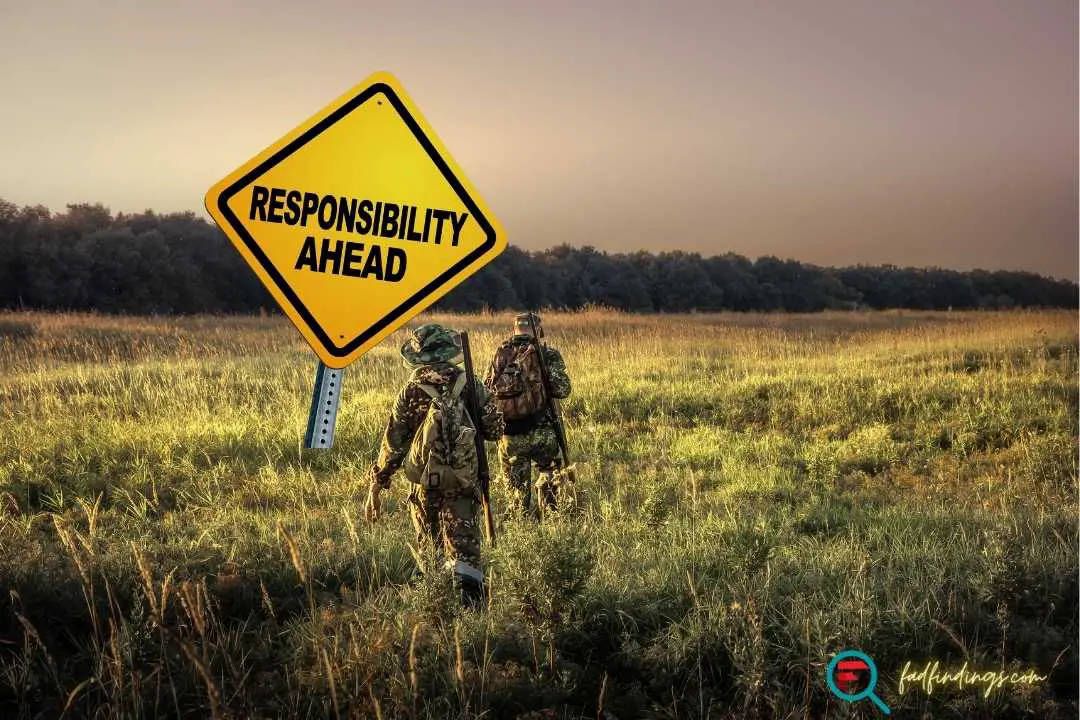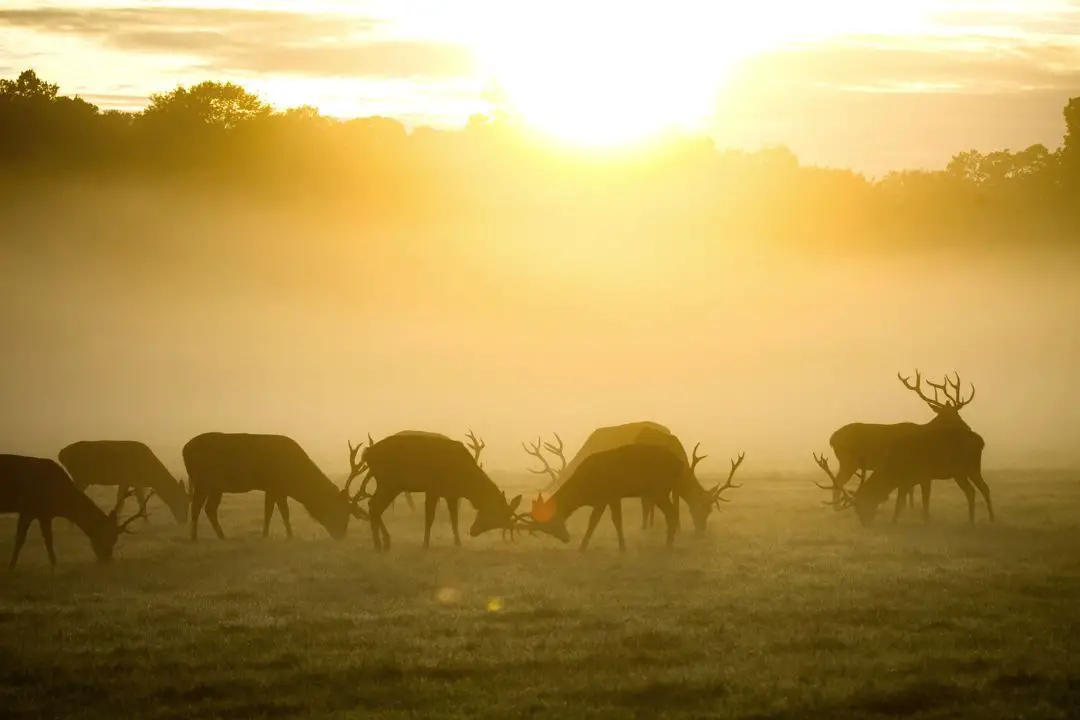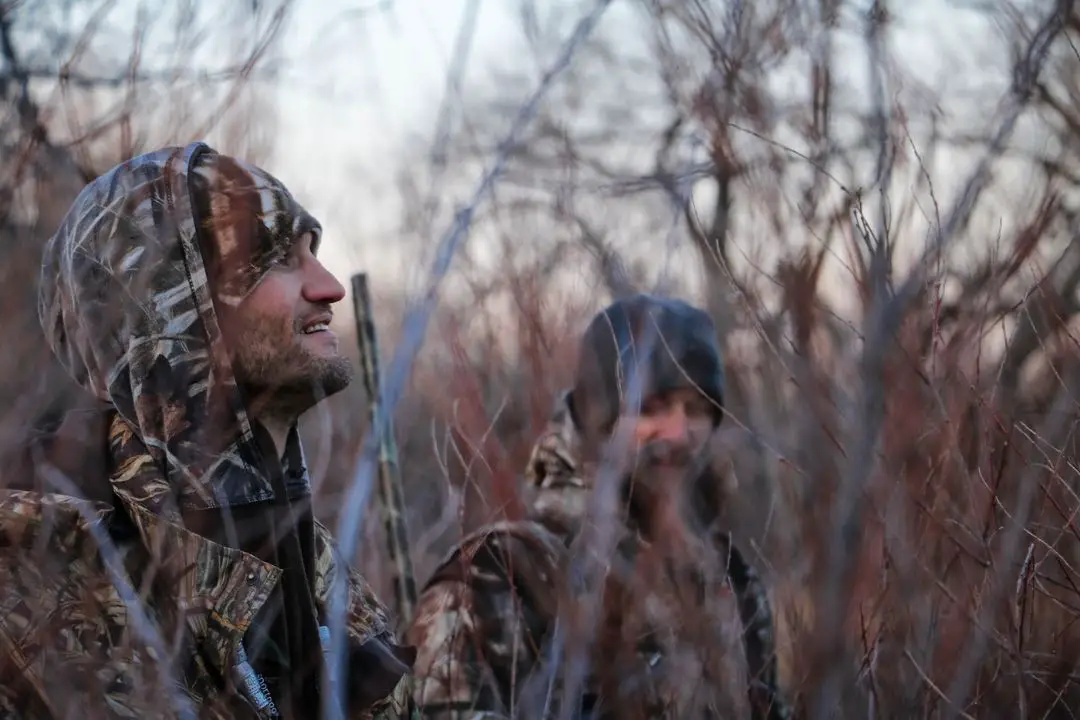The Beginner's Guide to Recognizing Game Animals by Their Unique Characteristics
Avoid legal penalties, ethical concerns, and wasted resources by learning how to identify game animals accurately based on their unique characteristics. Increase your chances of successful hunting by mastering these tips and techniques.
If you’re a hunter, understanding the characteristics of various wild animals is key to a successful hunting trip. As an outdoorsman knows, there are many ways to identify an animal - from their binomial name and description to basic physical features like fur or feather coloration.
But for today's discussion, we will focus on just four general characteristics of a game animal that can help you identify and distinguish them from non-game animals properly – Any specific markings, size, shape & body parts; sound & vocalizations; movement patterns; and habitat or environment it occupies.
Let’s examine each character in more detail so you can master your wildlife identification skills!
Key Facts
Identifying Animals by their Physical Characteristics:
Recognize key characteristics of game animals by understanding their distinguishing physical features, such as antler shapes, tail patches, and fur patterns.
Sound & Vocalizations of Game Animals:
Learn to identify the sounds and vocalizations of game animals, including grunts, bugles, yelps, and calls, which provide valuable clues about their presence and behavior.
Movement Patterns of Game Animals and Birds:
Understand the movement patterns of game animals and birds, such as short jumps, strutting, flight patterns, and activity preferences, to aid in species identification and successful hunting.
Group Behavior and Flock Patterns:
Observe group behavior and flock patterns to identify game animals and birds. Watch for signs of feeding, presence of multiple animals or birds together, and familiarize yourself with different flock formations.
Remember, practice and observation are key to becoming proficient in wildlife identification for hunting.
Identifying Animals by their Physical Characteristics

As a hunter, you need to recognize key characteristics of game animals by understanding the distinguishing physical features that separate them from nongame animals. Elk, for instance, possess thick antlers with a regal shape and several distinct tines sprouting off their main beams.
In comparison, deer have smaller antlers with flatter surfaces and sharp tips that point downward. Muleys, as they are called, are also equipped with white tail patches along the backside of their bodies.
As for pronghorn antelope, they stand out in herds due to their characteristic black-and-white fur patterns and pronging horns. Visible to many hunters is the whitish-gray fur coloration of the American bison, which stands in stark contrast against its dark, pointed horns or humpback.
Last but not least, wild boar feature visible tusks attached to their upper jawbones that extend outward from either side of their faces.
Ultimately, these iconic markings indicate the various big game animals in North America and can be observed by any hunter taking on the challenge of tracking down his or her prey.
💡 Each of these large North American animals has its own distinctive characteristics and a very powerful and dominant image.
If there's an animal you particularly like, such as the moose with its thick antlers, you might want to customize a pin with their image on it. These EnamelPins can be attached to your jacket or bag, making them rare decorative items!

Sound & Vocalizations of Game Animals
As hunters, we must learn to recognize that understanding the sounds and vocalizations of game animals makes us better informed and greatly increases our chances of success. Different species make many distinct sounds, from honks, bleats, and snorts to elk bugles and a wide variety of birdsong to communicate among the members of the same species.
Knowing their differences helps us determine which type of animal might be nearby. White-tailed deer communicate with loud grunts during mating season, while elk produce a dramatic bugle.
The antelope's “cackle”—a sharp yelp with nasal undertones—is unfamiliar to many, which can carry hundreds of yards in the open country. Understanding the characteristics of the animal and soundscape gives hunters valuable clues about where and when animals are moving so they can more accurately pursue their quarry.
Movement Patterns of Game Animals and Birds

Hunting is both an art and a science, and one of the key elements to successful hunting is to learn to recognize the key characteristics of the species you are hunting. Knowing the movement patterns of game animals and birds can aid in identifying similar species and identifying animals accurately.
For example, when tracking mule deer, it is helpful to understand that they move in short jumps with pauses between each movement. Turkeys, on the other hand, tend to strut while they walk or feed.
When observing waterfowl in flight, hunters should pay attention to their fast or slow wing beats depending on the type of bird. Also, experienced hunters have likely encountered the zigzag in-flight pattern from a common snipe when flushed from its hiding spot.
Awareness of these animal movements and attention to detail can often mean the difference between success and paying a penalty for an illegal harvest.
Knowing which species move throughout the day and typically prefer certain habitat types or are more active at certain times can help you quickly identify them. For example, turkeys feed on the ground during early morning hours, while deer rest during these hours. Ducks are most active on ponds and lakes early in the morning or just before dusk.
These few wildlife identification tips should serve as a starting point for hunters looking for a game, but still, require practice and observation so you can adapt to different species in your hunting area.
Group Behavior and Flock Patterns

When you are hunting for a particular, it is not just about understanding the distinguishing features, wildlife sign like tracks, calls, and habitats can also help you understand group behavior and thereby help you succeed.
Hunting game animals and birds can be easier when hunters understand flock patterns and group behaviors. When scouting an area, hunters should watch out for the presence of more than one animal or bird in the same place as they are often found together in groups.
Additionally, look for evidence of feeding in an area, such as bowed vegetation or footprints on dirt paths. Familiarize yourself with different flock behaviors like "V" formations, which geese use to fly in perfect unity, or other formations like a line, circle, or echelon that smaller birds usually take.
Understanding specific hunting techniques for different species can also help you determine whether a particular animal is a game species. With all this knowledge, even beginning hunters will be better equipped to identify games properly and hunt their desired targets without too much difficulty.
Final Thought
Hunters need to become familiar with the characteristics of game animals and birds, their movement patterns, group behavior, and flock patterns to identify game animals properly.
Study your local hunting regulations publication well to under these and to gain a lot more insight before you start preparing. With this knowledge, they can more accurately identify and locate species.
Becoming an expert hunter takes practice but understanding these basics will help hunters succeed in bagging their target without too much difficulty or paying a penalty for illegal hunting.
Remember that, hunters play a role in wildlife conservation, so it's essential that all hunters know which species should be considered game animals and remember to follow the regulations set by wildlife managers when hunting any animal or bird.
Happy hunting!
To Recognize Your Game Animal, you need to have the right hunting optics:
Also, check out some of our other helpful guides:






